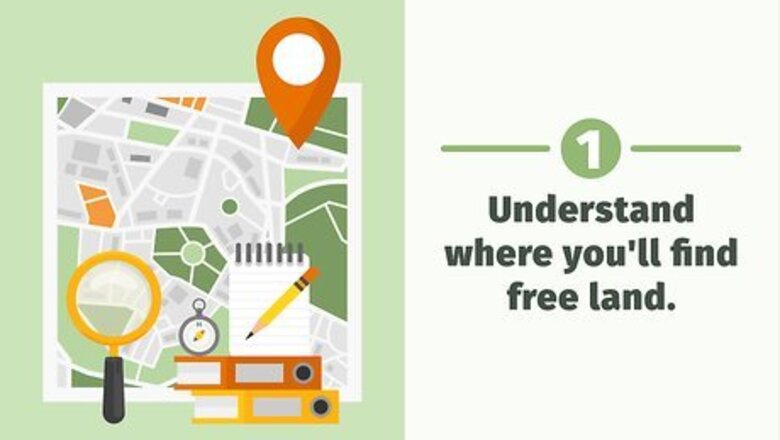
views
Locating Free Land
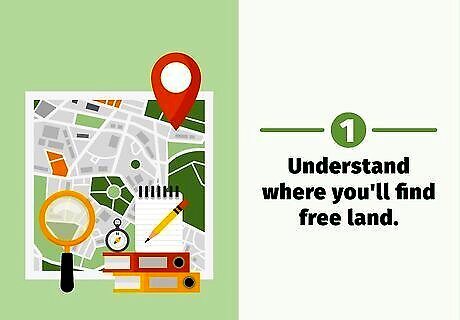
Understand where you'll find free land. Most of the time, free land is offered by small towns or farming communities. Usually, the goal is to draw in business or increase population. The best places to find free land are in states with low population densities. Try searching for "Homestead Act of 2010" or "Free Land in United States" online.

Know what you'll be asked to do. Most land is technically free. That is, you get it for free but you must do something in return. For instance, you may be required to build a home on the property (though some places allow mobile homes) or create a certain number of jobs in an area.
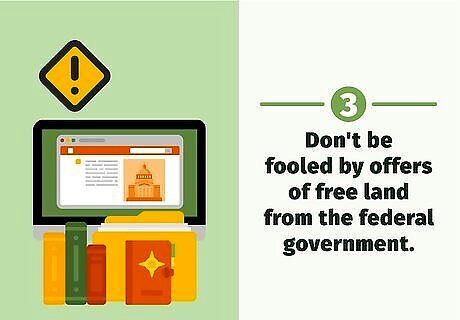
Don't be fooled by offers of free land from the federal government. The federal government got rid of homesteading 1976, meaning it doesn't offer free land for development anymore. If you see advertisements for free land from the federal government, it's not legitimate. Instead, you'll be looking for land offered by the town itself.

Visit the appropriate website. Most communities that offer free land have websites about the program, which you can find through search engines. They use those websites to provide information on the land they offer, plus many have the application forms online. If you want to see the land yourself, you'll find contact information for the program, along with the appropriate people to show you the land. To find these websites, try searching for "free land in [your state]". For example, Marquette, Kansas has a website dedicated to their free land offers. This website offers information about applying, conditions for getting the free land, and contact information in case you have questions.
Applying for Free Land

Fill out the application. Often, you will need to fill out an application to receive free land. You'll need to provide some basic biographical information, such as who will be living on the land and where you're living now. You also need to provide information on what you plan to do with the land. The cities offering this benefit want to make sure you will fulfill the requirements they set out. Otherwise, they may reject your application.
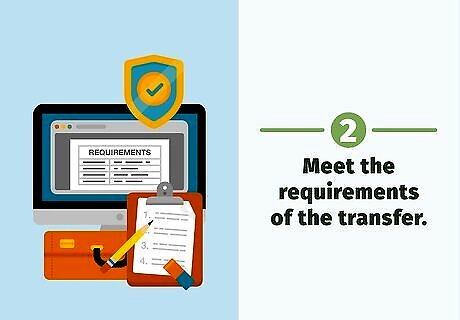
Meet the requirements of the transfer. To get the land, you will have to submit a housing plan and prove you have the financial means to build. With some communities, you'll need to submit a blueprint for approval. Basically, they want to see you have a plan for your house or business, and that you have the money to do it. In some locations, you may only be asked to provide a blueprint. To prove you have the financial means to build, you don't need to have the cash in your bank account. If you are pre-approved for a loan, that may be enough.
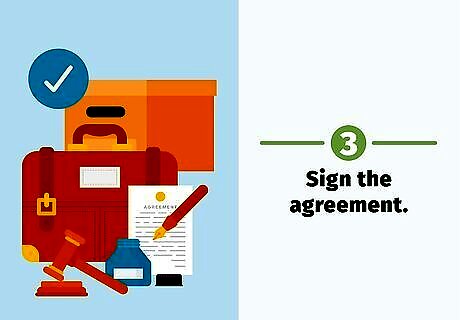
Sign the agreement. Most of the time you will be required to take certain actions or forfeit the land. For instance, in Marquette, Kansas, you must build a house within a year. To do so, you must sign with a contractor within four months and start building within six months. Be aware that you may forfeit the free land if you don't meet conditions, even after the land has been transferred to you.
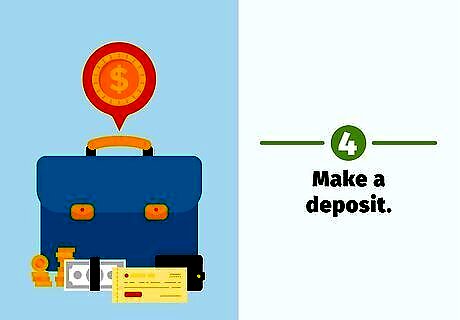
Make a deposit. Most cities require that you put down a deposit. Usually, it's not very much. For instance, in Lincoln, Kansas, it's $0.08 per square foot.
Fulfill Your Obligations

Follow the deadlines. To keep your land, you must fulfill your side of the agreement. Pay attention to the fine print and meet the required conditions. That doesn't absolutely mean you'll be kicked off your land if you don't get your house built in time. If you've made an honest effort to do so, the city or town may grant you an extension.
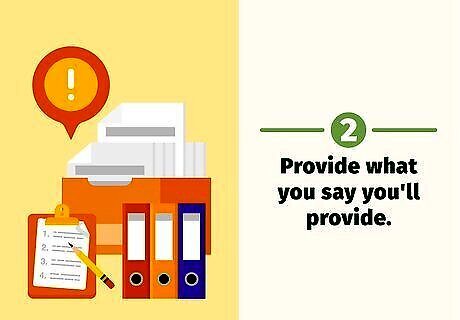
Provide what you say you'll provide. If you're building a business, you must do more than build. For instance, in Muskegon, Michigan, you can get free land in industrial areas. However, you must provide a certain number of jobs. For 5 acres of land, you must create 25 jobs; for 30 acres of land, you must create 100 jobs.
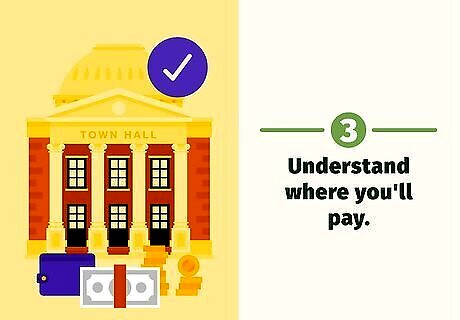
Understand where you'll pay. Some towns offer these sites fully developed, with things like water, sewage, and electricity already hooked up. However, some of them require you to have an assessment first, which can be thousands of dollars. For instance, in New Richland, Minnesota, the assessment will cost you $25,000.

Expect to live on housing sites. These communities want you to make the plot your permanent home. Therefore, most have a residency requirement. Some only require that you live there a year full-time, while others want you to make it a permanent residence.


















Comments
0 comment